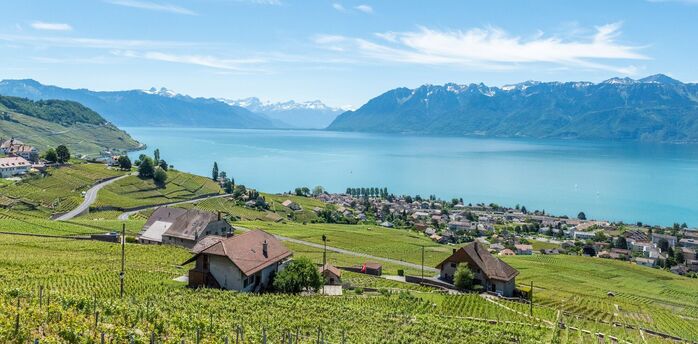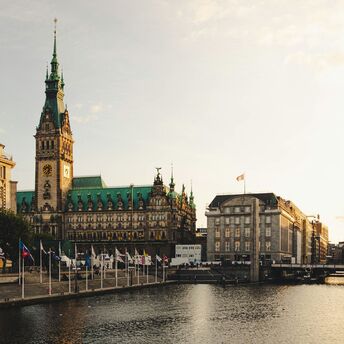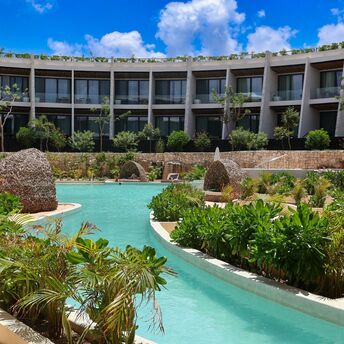Where the sun lives: 12 vacation spots where it's warm and sunny

Some people are tired of the cold weather and want to soak up the warm sun! But summer is still so far away... Don't be disappointed - there is a way out! And even in winter you can find the sun.
The Telegraph offers a selection of places to visit in winter and spring in March and April, 3 for each month of each season. So do not hesitate and get ready to meet the sun!
January.
Tenerife - 18 degrees above zero
In January, the temperature is low and it is ideal for those who have a hard time with heat. Tenerife is the most famous of all the Canary Islands. It also has excellent conditions for outdoor activities: you can climb the Teide volcano, take a walk and relax on the most beautiful beach of Teresitas. The most charming place on the entire island is the town of Taganona y Benijo. It is located in the north, with strong winds and waves, but its own unique atmosphere. Explore the island under the rays of the warm sun!

Agadir - 20 degrees above zero
The most popular resort in Morocco on the Atlantic coast. Almost 700 kilometers separate Tenerife and Agadir. And although the Canaries have a larger selection of hotels, Agadir is becoming more popular among those fleeing Europe. And it's not surprising, because it has beautiful beaches, sun, and golden sands. People come here to enjoy nature, swim, surf, play golf, ride horses, and visit thalasso centers. In general, to lead a hedonistic lifestyle.
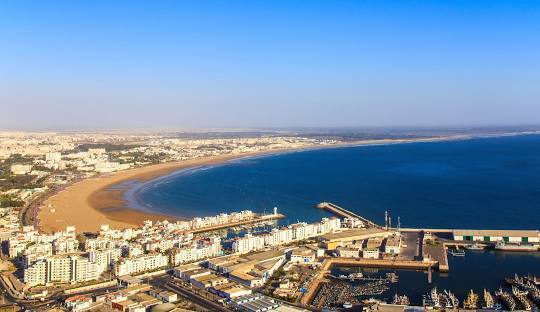
Senegal - 26 degrees above zero
If you want heat above twenty degrees Celsius in January without crossing an ocean, Africa is the closest realistic option. But you don't have to fly to Cape Town for the sun. Senegal is known for its resorts on the Atlantic coast. Its natural "feature" is the Pink Lake (Retba), which was named because of its unusual color.
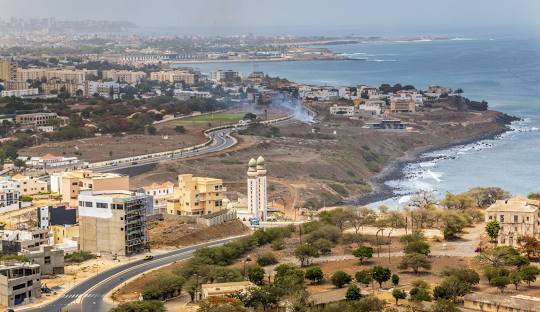
February
Madeira - 15 degrees above zero
Lacking classic golden beaches, Portugal's most famous Atlantic island is not an obvious option for traveling with small children. Also, don't go here in search of sunshine at the beginning of the year. Located 482 kilometers further north of Tenerife, it only meets the requirements of this Article 15C to be considered "warm" in February.
Nevertheless, the island is extremely beautiful. We recommend climbing to the top, where Pico Ruivo is 1861 meters above sea level. If you want some warmth during your vacation, a quick hike to this heavenly peak will give you energy and radiance.
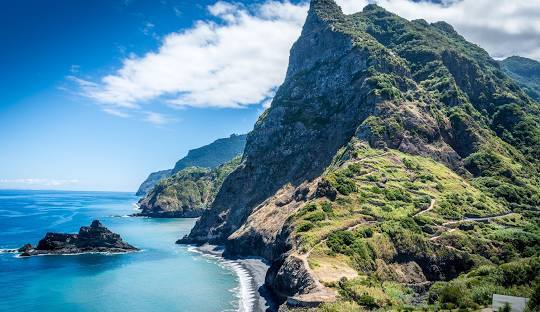
Lanzarote - 20 degrees above zero
The Canary Islands again! And it's quite right, because it's warm and mild in winter. The island is the capital of diving because of the volcanic landscapes underwater. In 2013, more than 100 thousand divers visited the island. There are many plants underwater, ancient shipwrecks, and volcanic labyrinths, including the world's longest, Atlantis, which stretches for 7 kilometers. However, volcanicity is also dangerous: in some places, at a depth of 10 meters, the temperature reaches 600 degrees Celsius.
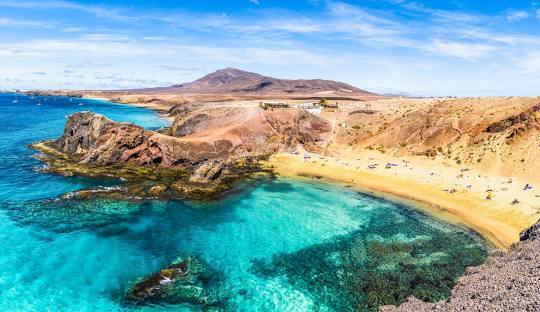
Cape Verde - 24 degrees above zero
This is a group of islands that hospitably welcome all tourists in the spirit of local traditions.
The pleasant dry tropical maritime climate of the Cape Verde Islands will provide you with an atmosphere of complete relaxation. Throughout the year, the air temperature does not change much and is about 24-25 degrees Celsius. Only in the summer months does this figure rise to +29, and changes are rarely observed during the day. The air temperature on all the islands is relatively mild throughout the year and does not fluctuate sharply.
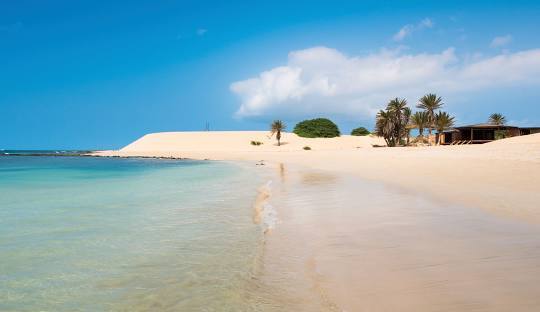
March
Paphos, Cyprus - 17 degrees above zero
The island is dominated by a subtropical Mediterranean climate, with hot and dry summers (with an average temperature of 30 degrees Celsius). In March, the daylight hours become longer and already reach 8 hours. Water and air warm up quickly in spring and average + 17 ° C ... + 18 ° C. At night, the thermometer will show + 10 ° C. Due to the rising temperatures, the ski season in the Troodos mountains is coming to an end.
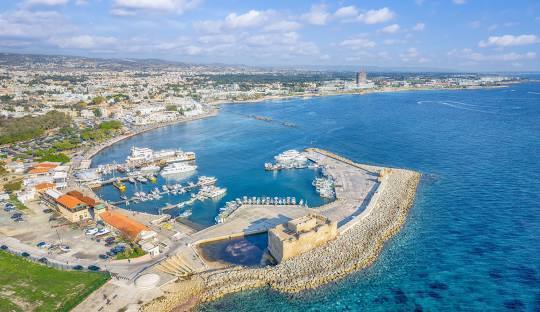
Hammamet - 19 degrees above zero
A popular resort town in Tunisia. In March, it's warm here, but you can't swim in the sea yet. Sunbathing, al fresco dining and lively nightlife are all characteristics of this resort. Here you will see a view of the sea bay, surrounded by green hills and citrus gardens. In between sunbathing, you can stroll through the markets and admire the local ceramics or wander around the medina (old town), the construction of the walls of which dates back to the 1500s. In summer, a music and dance festival is organized here.
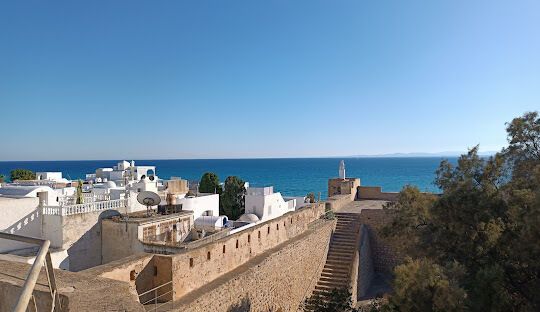
Sharm el-Sheikh - 24 degrees above zero
It is not surprising that we mentioned the most famous Egyptian resort here. Sharm el-Sheikh has a tropical climate with a desert influence. The coldest month is February, the hottest is August. In the fall, the water temperature in the sea sometimes exceeds the air temperature. In March and April, Sharm el-Sheikh is subject to the hamsin, a strong wind that brings sandstorms.
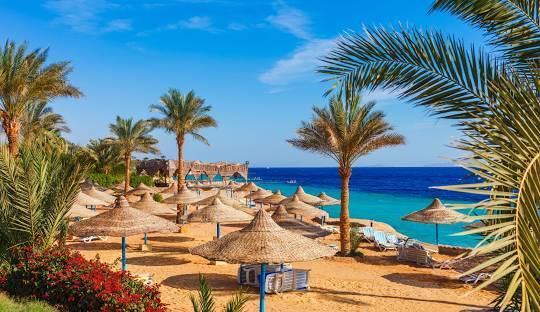
April
Andalusia, Spain - 18 degrees above zero
Only during December and January can Spain's most fortunate sunshine region boast temperatures that would be considered warm in most parts of Europe. And in April, Andalusia welcomes the sun back to its parks and squares.
There are plenty of places to relax - Cadiz and its historic coastline; Seville, Cordoba and Granada with their Moorish histories; Málaga and the ghost of Picasso. But if all you need is laziness and passive relaxation on the Costa del Sol, Marbella is your "friend" in this.

Crete, Greece - 20 degrees above zero
The largest Greek island can be hellish (30 degrees Celsius and above) in July and August, but the temperature is much more pleasant in April, when it barely crosses the twenty threshold.
Crete is located in a temperate Mediterranean climate zone. Summers on the island are usually hot and dry, and winters are mild and wet, with little to no snow. The island has contrasting seasons, with an average of 300 days of sunshine a year, white mountains in winter and a variety of colors in spring when flowers bloom.
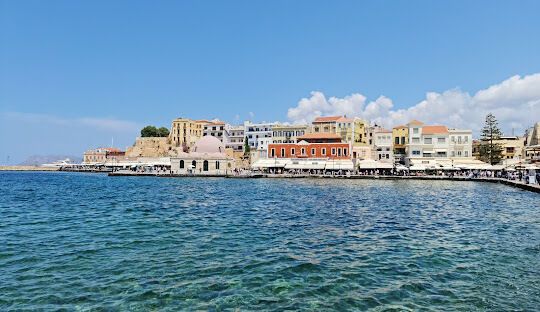
Aqaba - 28 degrees above zero
A city in Jordan and its only seaport. In summer, the temperature can reach above 40 degrees Celsius. And in April, it is just moderately warm. The city is located in a zone characterized by a tropical desert climate. The warmest month is July with an average temperature of 32.8 degrees. The coldest month is January, with an average temperature of 14.4 degrees Celsius.



